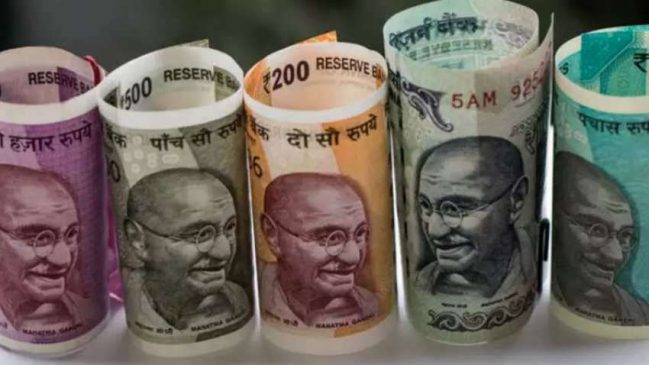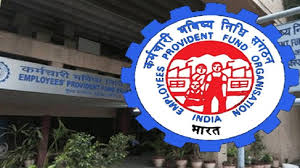MUMBAI: The Pension Fund Regulatory and Development Authority (PFRDA) expects enrolments from non-government subscribers to the National Pension System (NPS) to double from 9.7 lakh in March this year to 20 lakh in March 2023 with growth having reaching an inflection point in March 2020. The PFRDA also granted approval to three entities — Max Life Insurance, Tata Asset Management and Axis Bank — to promote pension management firms.
The PFRDA also plans to launch a guaranteed-return scheme in September this year. The regulator has appointed a group of actuaries that are part of the pension advisory committee to work with an external consultant and finalise the scheme.92218425
Read More: SBI Fixed Deposit Interest Rates Hiked for These Tenors; Check New FD Rates Here
Addressing the media in Mumbai, PFRDA chairperson Supratim Bandyopadhyay said that the regulator — after meeting with entities that distribute pension — has got the feedback that the number of subscribers will more than double with most coming from unorganised sector. He said that active subscribers have grown from 22.7 million as of March 2021 to 36.9 million in March 2022 and was expected to cross 55 million by March 2023.
“Our effort is to increase the number of non-government subscribers as we consider government employees as a captive base for NPS,” said Bandyopadhyay. He said that a number of initiatives have been taken to make onboarding easier. This includes usage of digital platform with the help of Aadhaar & Digilocker, and use of cKYC & OTP -based authentication.
Read More: Axis Bank Fixed Deposit, Savings Account Interest Rates Hiked: Check Latest Rates Here
The NPS is much more flexible than when it was launched. Subscribers can withdraw 60% of the amount and invest only 40% of the corpus in annuities. Also, the annuity purchase can be deferred up to 75 years. Subscribers can retain their corpus in NPS up to age of 75 and withdraw their savings annually, as in a systemic withdrawal plan.
Low-value subscribers need not purchase an annuity and can withdraw their entire corpus on maturity if the corpus is less than Rs 5 lakh.
“The depth and maturity of the pension segment is revealed by ratio of total pension assets to GDP. In India, the total retirement funds are around Rs 35 lakh crore, which makes it 14-15% of GDP, whereas in most developed countries it is more than 100% of GDP, which shows we have a long way to go,” said Bandyopadhyay.





































